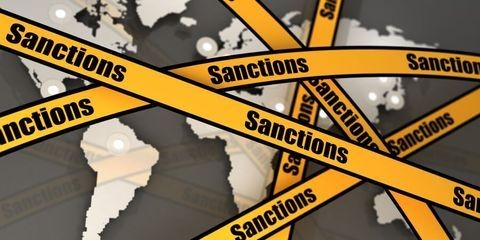Start the Clock: Government’s Indirect Cost Rate Claim Accrued upon Submission of Indirect Cost Rate Proposal
Client Alert | 2 min read | 02.22.24
In Strategic Technology Institute, Inc. v. Sec’y of Def., 91 F.4th 1140 (Fed. Cir. 2024), the Federal Circuit affirmed a decision by the Armed Services Board of Contract Appeals (ASBCA), which held that the government’s 2018 claim was not time-barred by the Contract Dispute Act’s (CDA) six-year statute of limitations. The ASBCA found that the government’s claim did not begin to accrue until 2014, the date the government received the contractor’s indirect cost rate proposals for fiscal year (FY) 2008 and FY 2009.
The Allowable Cost and Payment clause, FAR 52.216-7, governs the process for setting contractors’ annual final indirect cost rates that apply to certain types of cost-reimbursable and flexibly-priced contracts. The clause requires contractors to submit annual final indirect cost rate proposals (sometimes referred to as incurred cost submissions) within six months after the end of the contractor’s fiscal year.
Strategic Technology Institute (STI) did not submit its indirect cost rate proposals for FYs 2008 and 2009 until 2014, after the government notified the contractor that it had not received the submissions. Following an audit of the proposed costs, in 2018 the contracting officer issued a final decision disallowing certain 2008-2009 direct and indirect costs and unilaterally setting STI’s final indirect cost rates for those years. STI alleged that the government’s claim accrued when it billed those unallowable costs during 2008 and 2009 and then failed to timely submit its indirect cost rate proposals. Therefore, the contractor asserted, the CDA’s six-year statute of limitations barred the government’s 2018 claim.
The Federal Circuit disagreed, reiterating that, pursuant to FAR 33.201, a party’s claim accrues when “all events that fix the [other party’s] alleged liability and permit assertion of the claim were known or should have been known.” Here, the government’s claim, which sought reimbursement of unallowable costs, penalties, and interest, accrued when STI submitted its indirect cost rate proposals in 2014. Prior to that submission, the government had no basis to assert that STI’s billed costs were unallowable or to set the final indirect rates based on actual cost experience, and the contractor’s alleged liability for receiving overpayment was not fixed until it submitted unallowable costs in its indirect cost rate proposal.
This decision is a reminder that the determination of when a party’s claim accrues, and thus whether it is timely, is highly fact specific and dependent on the basis of the claim. When it comes to finalizing indirect cost rates, the government’s claim may not accrue until the contractor submits a final indirect cost rate proposal for that year containing sufficient information to put the government on notice of a potential claim. Different facts may, of course, lead to a different result, as demonstrated by, for example, the ASBCA’s 2016 decision in Sparton DeLeon Springs, ASBCA No. 60416, 17-1 BCA ¶ 36,601 (finding that government’s claim for allegedly unsupported direct costs accrued when interim vouchers were submitted, not when the government conducted its audit of the contractor’s indirect cost rate proposal).
Insights
Client Alert | 14 min read | 05.03.24
On April 24, 2024, President Biden signed into law the National Security Supplemental fiscal package, which includes significant new sanctions and export controls authorities. Although the U.S. foreign aid commitments for Ukraine, Israel, and Taiwan headline the new law, it also (1) expands the statute of limitations for U.S. sanctions violations; (2) includes new authorities for the President to coordinate sanctions efforts with the European Union and the United Kingdom; (3) expands sanctions and export controls on Iran (including some targeted at Chinese financial institutions); and (4) includes new sanctions authorities targeting terror groups.
Client Alert | 3 min read | 05.03.24
EEOC’s New “Enforcement Guidance on Harassment in the Workplace” Hits Hot-Button Issues
Client Alert | 11 min read | 05.03.24
FDA Moves Forward on Laboratory Developed Tests while Stakeholders and Congress Weigh Next Steps
Client Alert | 1 min read | 05.03.24





